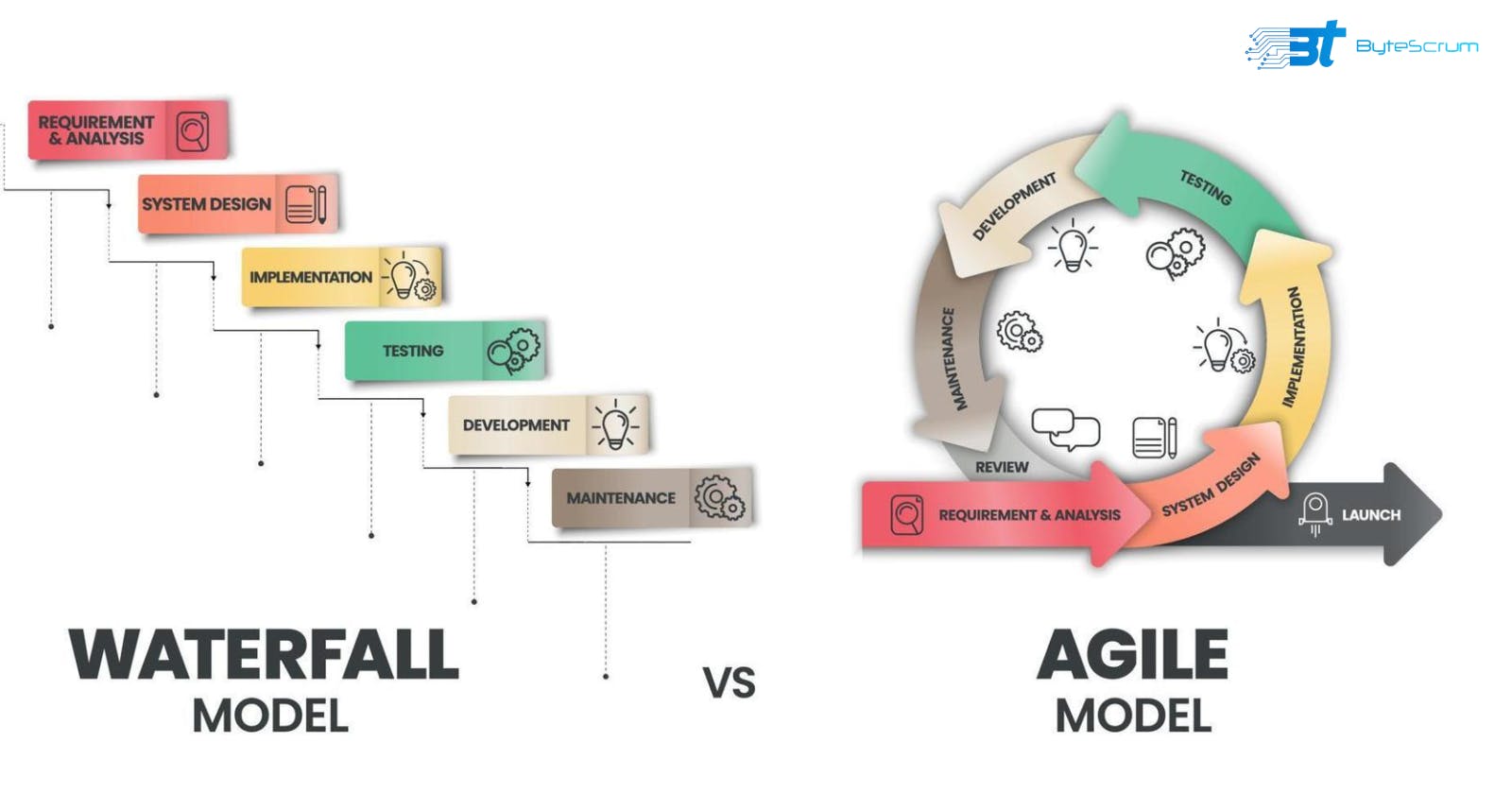Agile vs. Waterfall: Choosing the Right Methodology for Your Project
In the realm of project management, the choice between Agile and Waterfall methodologies is pivotal. These methodologies each bring distinct principles, processes, and advantages to the table. The question is, how do you select the methodology that's a perfect fit for your specific project? In this comprehensive guide, we will break down the key differences between Agile and Waterfall, providing you with the insights necessary to make an informed decision tailored to your project's unique needs.
Agile Methodology:
Agile is a project management methodology characterized by its inherent flexibility and adaptability. It divides a project into smaller, manageable pieces known as iterations. Teams work on one iteration at a time, constantly reassessing and adjusting their approach based on feedback. This iterative approach allows for rapid responses to changing requirements, making Agile particularly well-suited for projects with evolving scopes.
Agile principles emphasize collaboration, customer feedback, and incremental development. This methodology encourages self-organizing, cross-functional teams to work closely with stakeholders, ensuring that the project stays aligned with evolving business goals.
Waterfall Methodology:
Waterfall, in contrast, follows a more structured and linear approach. It breaks a project into distinct phases, and each phase must be completed before the next one begins. This method is ideal for projects with well-defined requirements, where changes can be costly and time-consuming.
The Waterfall methodology excels in providing a clear and orderly path through the project. Its rigid structure is well-suited for projects in industries with strict regulatory requirements, such as healthcare and aerospace.
Key Differences:
Understanding the key distinctions between Agile and Waterfall is essential for making the right choice:
Flexibility: Agile is highly adaptable and welcomes changes and improvements at any stage of the project. Waterfall, due to its sequential nature, is less flexible, and changes are difficult to implement once a phase is complete.
Risk Management: Agile mitigates risks through constant feedback and iteration. This makes it ideal for projects where requirements are subject to change. Waterfall, on the other hand, manages risks through thorough planning and documentation at the project's outset, which is beneficial when the project scope is well-established from the start.
Client Involvement: Agile emphasizes continuous client involvement and feedback throughout the project. This collaborative approach ensures the end product aligns with the client's evolving needs. Waterfall typically involves client input at the beginning and end of the project, which may not capture changing requirements effectively.
Project Planning: Waterfall requires detailed project planning upfront, with a clear roadmap established at the beginning. Agile is more adaptive, allowing for the planning of each iteration to evolve as the project progresses.
Testing and Quality Assurance: In Agile, testing is integrated into each iteration, promoting ongoing quality control. Waterfall typically reserves testing for the final phase, which may lead to late-stage issues that are costly to rectify.
Choosing the Right Methodology:
Selecting the appropriate methodology depends on a few key factors:
Consider Your Project Type: For small to medium-sized projects with evolving or not fully defined requirements, Agile is a solid choice. If your project is large, well-defined, and regulatory compliant, Waterfall may be more suitable.
Evaluate Your Project Scope: Agile excels when you need quick releases and constant adaptation. Waterfall is better for projects where the scope and requirements are well-established from the start, and changes are minimal.
Project Complexity: Evaluate the complexity of your project. Agile is excellent for projects with uncertain, evolving requirements, whereas Waterfall is better suited for projects with well-understood, stable requirements.
Budget and Timeline: Analyze your budget and timeline constraints. Agile can be more cost-effective if the project requires ongoing adaptation, but it may be challenging to predict the final deadline. Waterfall provides a more predictable timeline but can be less accommodating to changes without additional costs.
Summary
Take your time to evaluate your project thoroughly, considering team dynamics, project complexity, client expectations, budget, and regulatory requirements. By doing so, you can make an informed decision that aligns with your project's needs, ultimately leading to successful project management.

